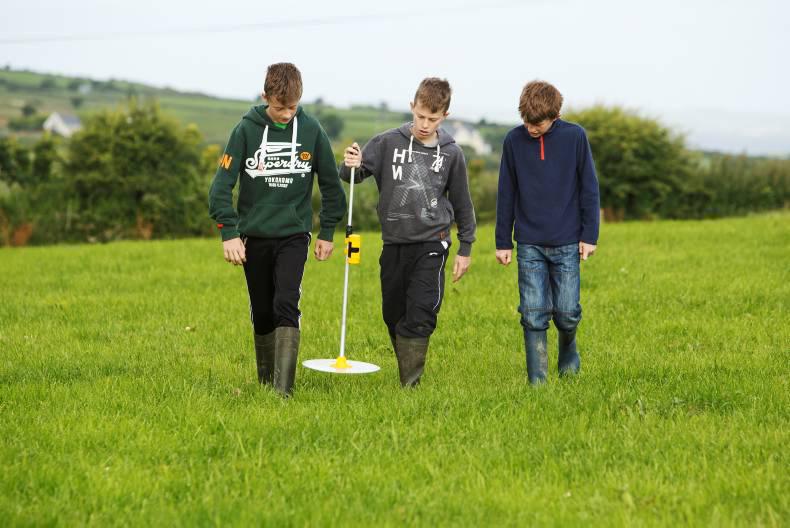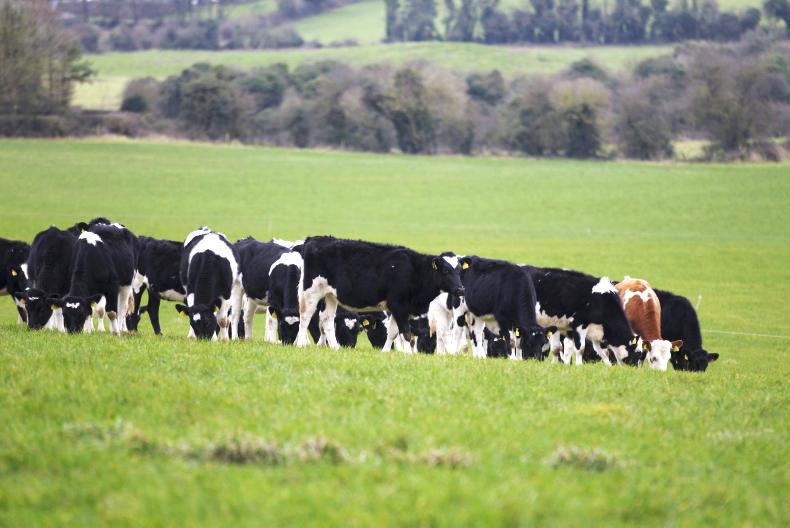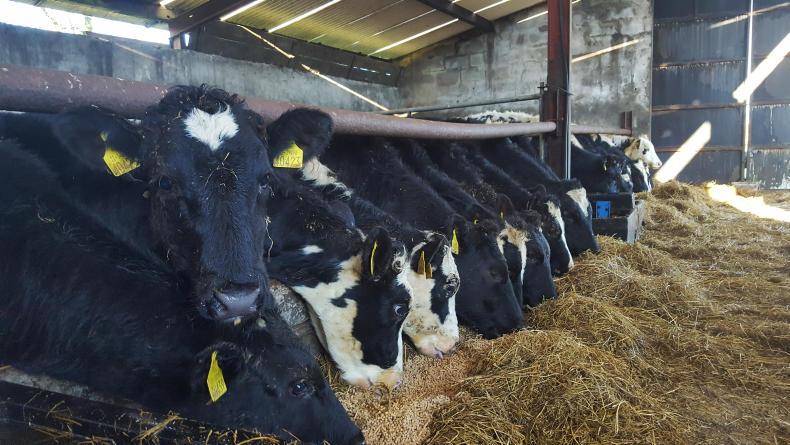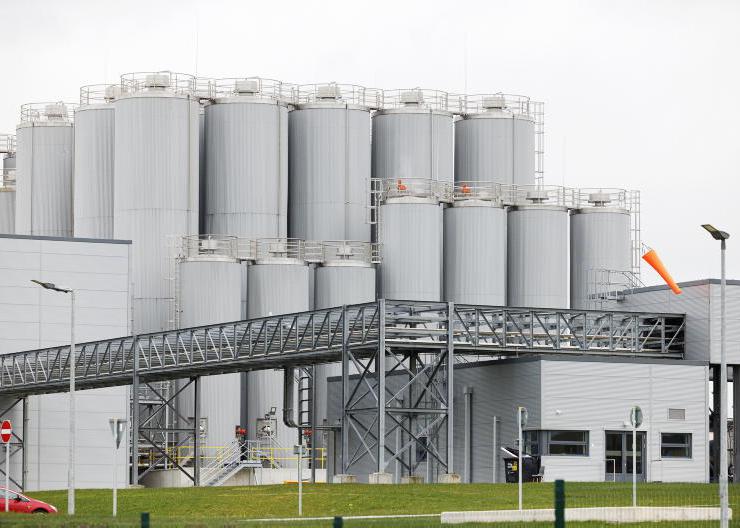Before you go building up grass covers you need to have an autumn grass budget. Building up covers without having a budget is a bit like buying the carpets for a house before you know how big the house is going to be: you could end up with too much or too little.
Magic day in spring is when grass growth is higher than grass demand. On the flip side, magic day in the autumn is when grass growth becomes lower than grass demand. The principle of autumn grass budgeting is to build up a bank of grass to allow for extended grazing past magic day, which usually occurs in late September. Average farm cover should peak around then, to allow for another six weeks or so of grazing, and to close up at a reasonably high cover to have enough grass for next spring.
So where do you start? The first step should be to do a farm walk to assess how much grass is on the farm at present. Grass budgets make an assumption on growth rates. Farmers who have been grass measuring for years can use average weekly growth rates for their farm. But farmers who don’t have historic growth rates for their farm can use data from the Teagasc research centres or use growth rates from a farmer they know in their area.
Using these growth rates, the autumn budget will project what the average farm cover should be for any given week of the autumn. It does this by adding up the total amount of grass grown on the farm per week and deducting from this the total amount of grass consumed by the cows. So in early autumn, when grass is growing ahead of demand, the average farm cover should be increasing. However, as growth goes below demand in October, average farm cover will be declining.
Of course, we can influence both the grass supply and the grass demand. Increasing the supply of grass is harder. It’s really more of a long-term project, through improving soil fertility and using better grass varieties, but spreading nitrogen and slurry in autumn helps.
Grass demand
Decreasing the demand for grass is easier, and it has the same effect on the budget as increasing the grass supply. Cows’ intake will drop naturally as they go into late lactation, so this has the effect of reducing demand by itself. Putting in supplement is a widely-used option, but it’s not the only one. Selling cull and surplus cows early is really effective, as is drying off some cows early and putting them on silage or to an outside block.
Remember, the more supplement you feed the more complicated the system becomes and the more work you have to do – so keep it as simple as possible. Feeding high levels of supplement (more than 4kg/cow) also makes it harder to clean out paddocks, so it should really be avoided if at all possible. Maybe it’s time to review your stocking rate? Is it too high?
Ideally, you want to close up your farm at an average farm cover (depending on stocking rate and demand in spring) of between 550 and 700kg around mid-November.
There is always some debate about how high peak average farm covers should go. In my view, the peak should not go above 1,250kg per hectare. As a rule of thumb, if you double the average farm cover you get the pre-grazing yields. In this case it would be a pre-grazing yield of 2,500kg, which is about the maximum you should have.
Most of the farm software packages used for measuring grass also have a tool for creating a grass budget and they are really easy to use, with built-in growth rates based on your location. They also have options for manipulating cow numbers, grass intake and supplement fed. The alternative is to use an Excel spreadsheet or pen, paper and a calculator but the farm software packages are definitely easier to use.











SHARING OPTIONS